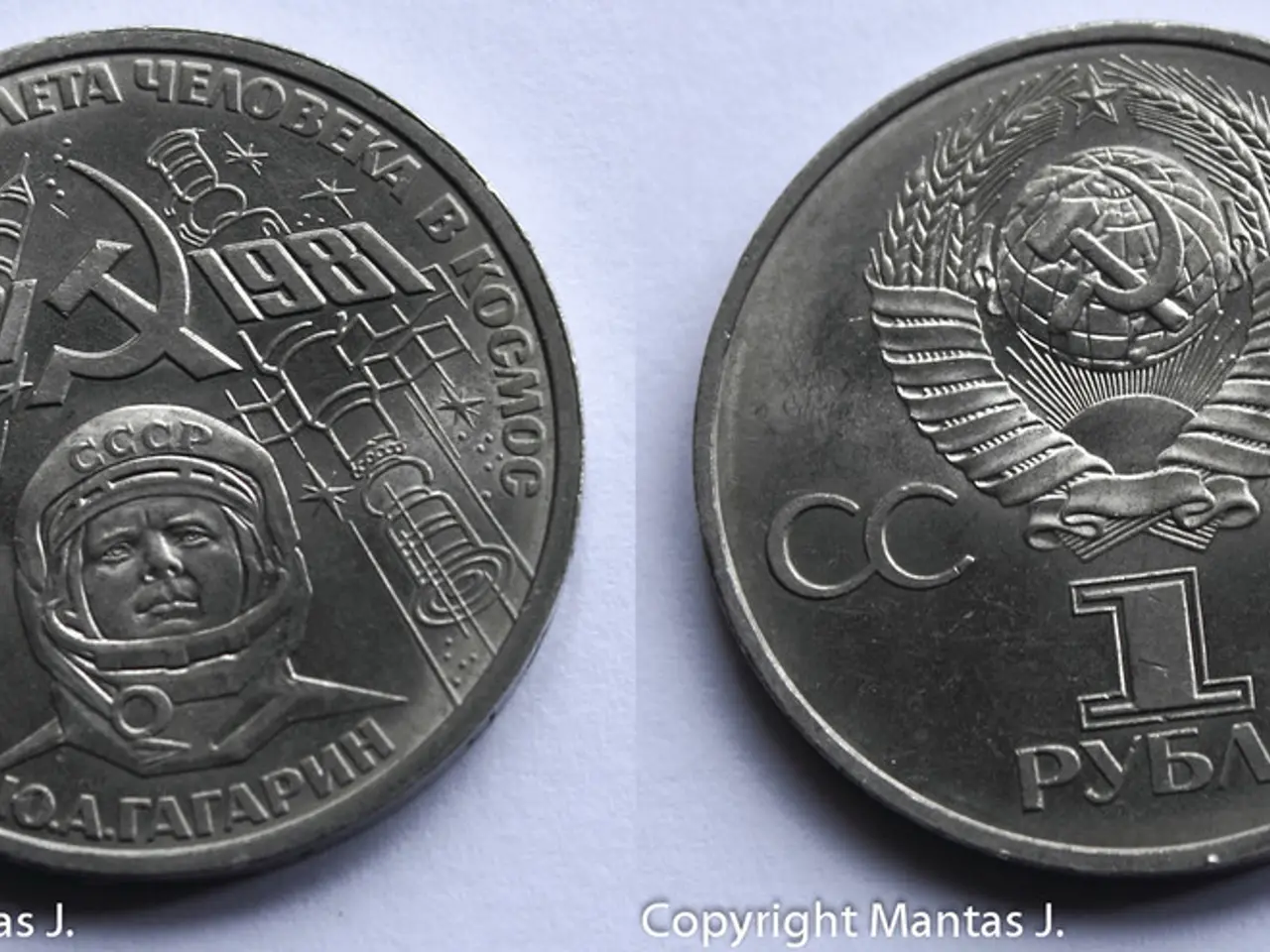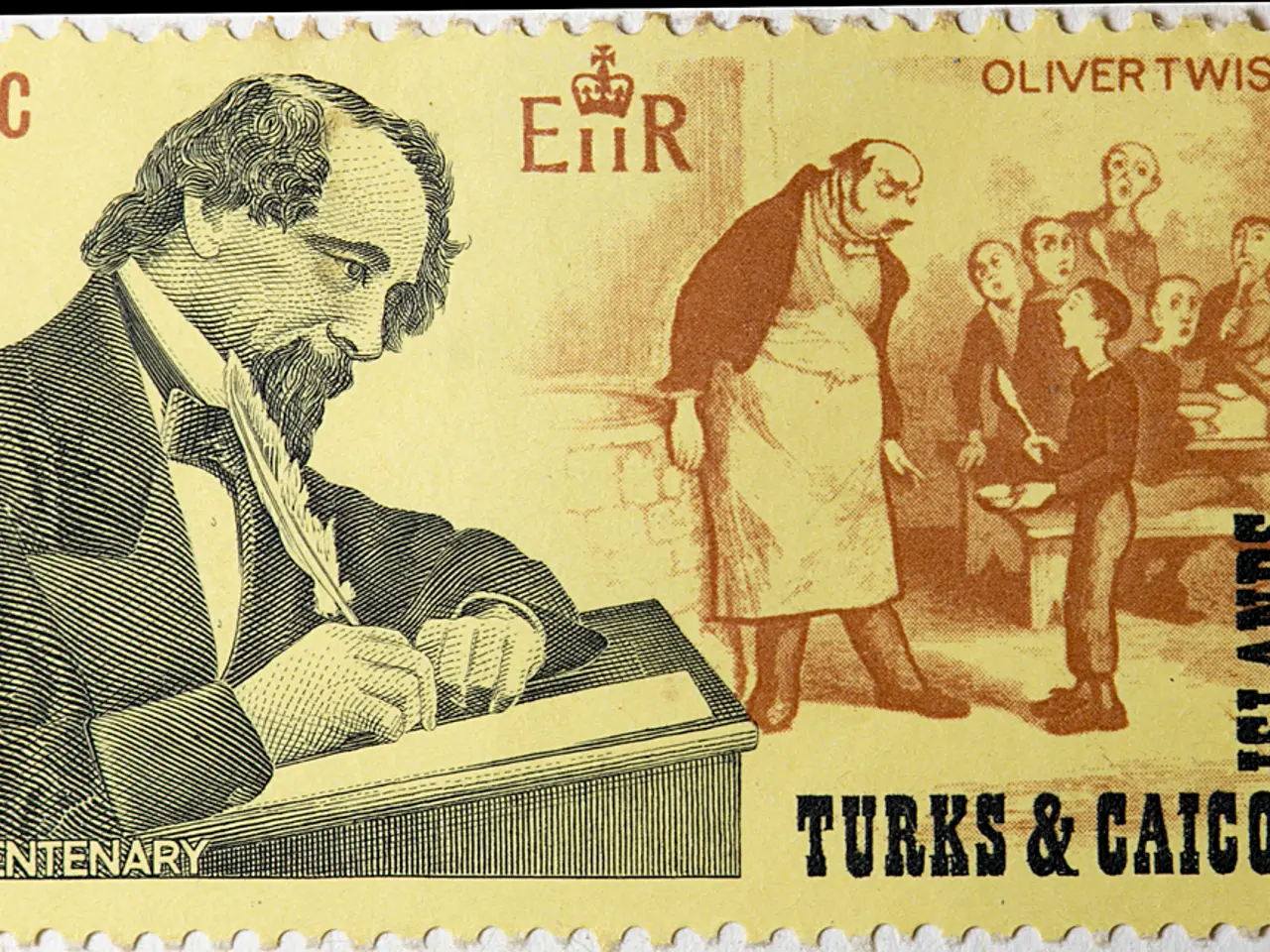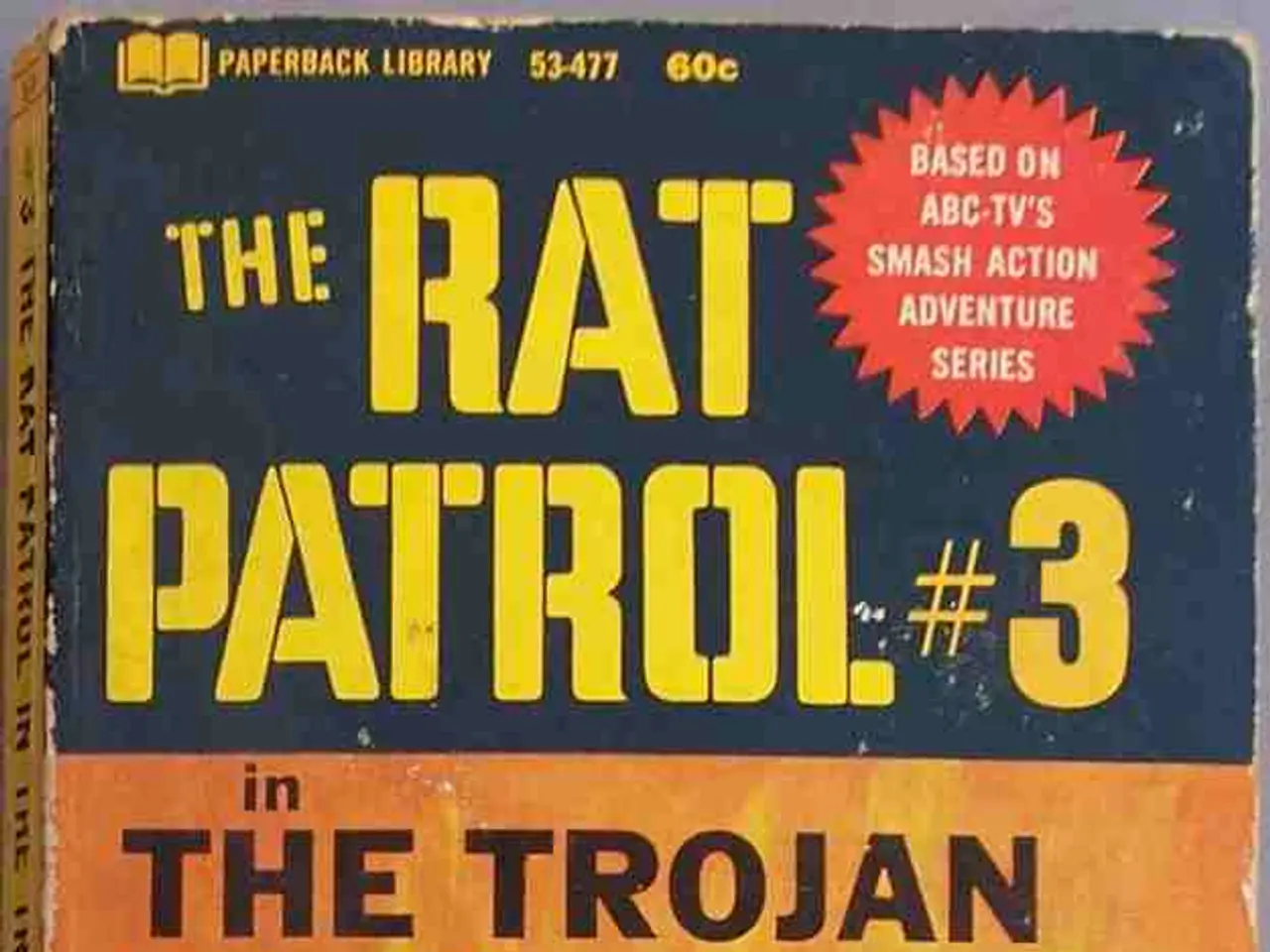Financial institutions Goldman Sachs and BNY Mellon digitize and manage cash reserves from money market funds.
Goldman Sachs and Bank of New York Mellon have unveiled a groundbreaking blockchain-based infrastructure for trading tokenized money market funds (MMFs), promising significant benefits for institutional cash management. This innovation offers near-instant settlements, continuous trading capabilities, and immutable records through smart contracts, enhancing efficiency and transparency in institutional cash management [1][2][3].
The new infrastructure merges traditional finance with digital assets, enabling rapid transactions and reduced operational costs while allowing investors to manage assets via digital tokens on Goldman Sachs' proprietary GS Digital Asset Platform (GS DAP) [1][2][3]. BNY Mellon, serving as the custodian bank in the partnership, bridges existing financial infrastructure with the emerging digital asset ecosystem, providing institutional clients with secure and familiar access to tokenized funds [3].
However, this transition towards decentralized finance technologies faces challenges, primarily related to evolving regulatory environments and interoperability issues across financial systems. These factors can affect broader adoption and integration with existing market infrastructures [1]. Additionally, while the tokens mirror MMF shares digitally, the underlying funds remain managed within traditional frameworks, posing ongoing complexities in full-scale digitization [3].
Despite these challenges, the initiative represents a strategic move towards digitizing financial markets, aiming to unlock efficiency and liquidity in markets previously constrained by manual processes and slow settlement times [1][2]. This development is part of a larger movement within the financial sector, where traditional finance entities are adopting decentralized finance technologies to foster greater interoperability among financial institutions for the long-term scalability and adoption of tokenized financial instruments [4].
The shift towards blockchain integration could lead to a more digitized financial ecosystem, potentially enabling new financial solutions and optimizing record-keeping, reconciliation, and auditing. As more players follow suit, the boundaries between traditional and decentralized finance are likely to blur, setting the stage for a more interconnected and accessible global financial system [4].
| Benefits | Challenges | |------------------------------------------|----------------------------------------| | Instant settlement and real-time trading | Evolving and uncertain regulations | | 24/7 market access | Interoperability with legacy systems | | Immutable, transparent audit trails | Managing coexistence of digital and traditional processes | | Reduced operational costs and enhanced liquidity | Complexity of integrating with traditional fund management | | Programmable ownership via smart contracts | Need for broad industry adoption |
[1] "Goldman Sachs and BNY Mellon Launch Blockchain-Based Money Market Funds," CoinDesk, 2021. [2] "Goldman Sachs and BNY Mellon Partner to Tokenize Money Market Funds," The Block, 2021. [3] "Goldman Sachs and BNY Mellon Partner to Transform Cash Management," Finextra, 2021. [4] "The Future of Finance: Tokenizing Assets and the Role of Traditional Institutions," Deloitte, 2020. [5] "The Rise of Tokenization in Finance: Unlocking Efficiency and Liquidity," McKinsey & Company, 2020.
This partnership between Goldman Sachs and Bank of New York Mellon is a step towards merging traditional business and finance with technology, as they introduce a blockchain-based infrastructure for trading tokenized MMFs, aiming for rapid transactions and cost savings [1][2][3]. Meanwhile, the transition towards decentralized financial technologies introduces challenges, including regulatory uncertainties and interoperability issues with existing systems, which can impact broader adoption and integration [1].




